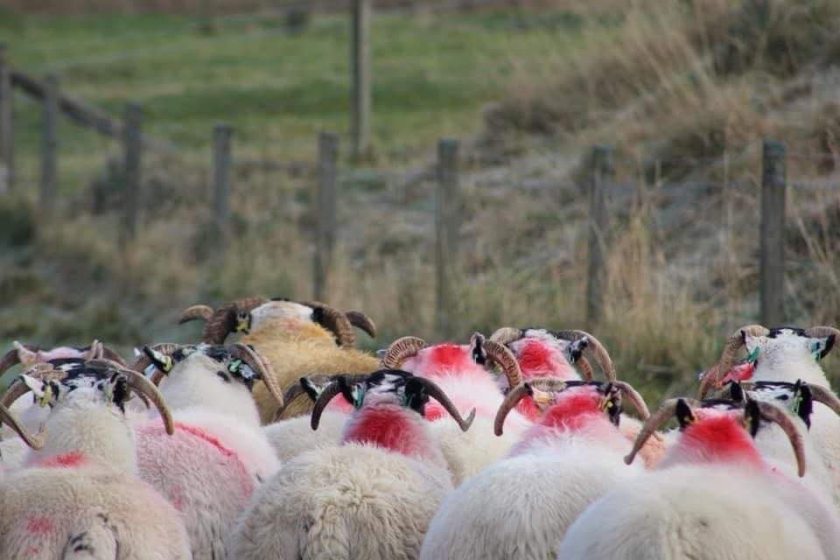
With tupping kickstarting the sheep year, farmers have been told of the importance of having a successful season to build a strong foundation for a profitable business.
Ensuring a tup is fit for purpose during tupping time, as well as being able to go on to last for a number of seasons, is vital, according to Quality Meat Scotland’s (QMS) Cattle and Sheep Specialist, John Evans.
He says that while most pre-tupping MOTs will have been completed, it is important to ensure a tup is fit for purpose before work begins.
From structural soundness and fertility, to disease status, these are all elements that can influence how well a tup will work throughout his lifetime.
When tups have been turned out, it is still important to conduct daily checks to ensure they remain in good working condition, Mr Evans says.
A tup can lose up to 15% of his body weight during mating, which is why it is necessary that prior to tupping they have a condition score of 3.5-4.
The use of raddle markers or Kiel is a great way to get a visual indication of what’s happening in the tupping field, Mr Evans adds.
He says: "Start with the lightest colours and change at regular intervals, either to be confident that tups are serving and settling the ewes or as a method of establishing when batches of ewes will lamb next spring.
"Raddle harnesses should be checked regularly to avoid chaffing and this is also a prime opportunity to assess the general health and condition of the tup during work.
"If a tup is losing condition rapidly during tupping then he should be removed from the ewes and offered additional feed."
Investment in additional tups is less expensive than the cost of a protracted lambing, Mr Evans explains.
Rotating tups regularly can ensure that any fertility problems not identified in the pre-tupping MOT do not have a knock-on effect on ewes served and that tups are not over worked, which can reduce the number of seasons they are fit enough to work.
Keeping a record of each years tupping plan will help inform the most effective methods and will assist a farmer's success rate year on year, he says.
Mr Evans says: "Post tupping, it is important to get tups back to condition score 2.5 to 3 quickly – lean tups have few reserves to fight off infection so where grass quality is low, consider offering supplementary forage and concentrates.
"If the replacement policy is to buy tup lambs remember they must put on condition and grow. They do not compete well with older tups so need to be treated as a separate group."
